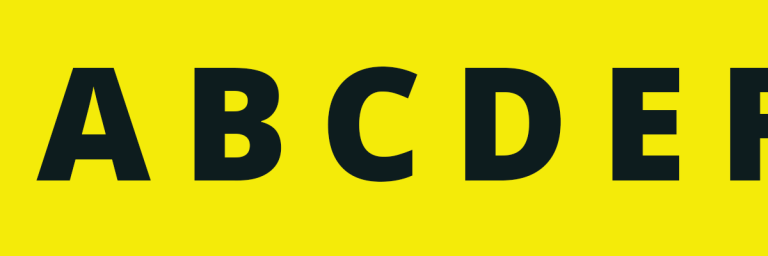Beware the Camel

A camel is a funny-looking animal. Long knobby legs. Bulgy eyes. Humps.
Now think of a horse. Sleek lines. Flowing mane and tail. Graceful.
Sir Alec Issigonis, most famous for designing the Mini—a resounding success—said, “A camel is a horse designed by committee.” You see what he meant, right?
A camel looks like a bunch of ideas were conceived separately and slapped together to satisfy everyone involved.
I guarantee your organization has designed or written a camel.
When you have a lot of people working on a project, it inevitably leads to a misshapen collage, or a camel.
The worst part about camels is that they’re hard to see when you’re too close to them. The backward-bending knees seem like an innovative idea. The long eyelashes are beautiful.
You might look at your camel and feel satisfied that you included Janet’s ideas for new colors, both Mark’s and Diana’s selection for stock photos, and Will’s writing as edited by Kayla and then Angelique—which has ballooned to nearly twice the number of words you’d originally hoped to include.
Each piece seems fine on its own, but all together, it’s a mess.
It’s even possible for an organization to make a camel when working with an experienced designer or writer. For example, does your creation process for Communications pieces involve several layers of approval?
Everyone feels like they need to make their mark. And that’s natural. But all those sleek lines and graceful stylings of the original vision get distorted.
There’s a simple solution. Rely on experts, and trust in their abilities.





